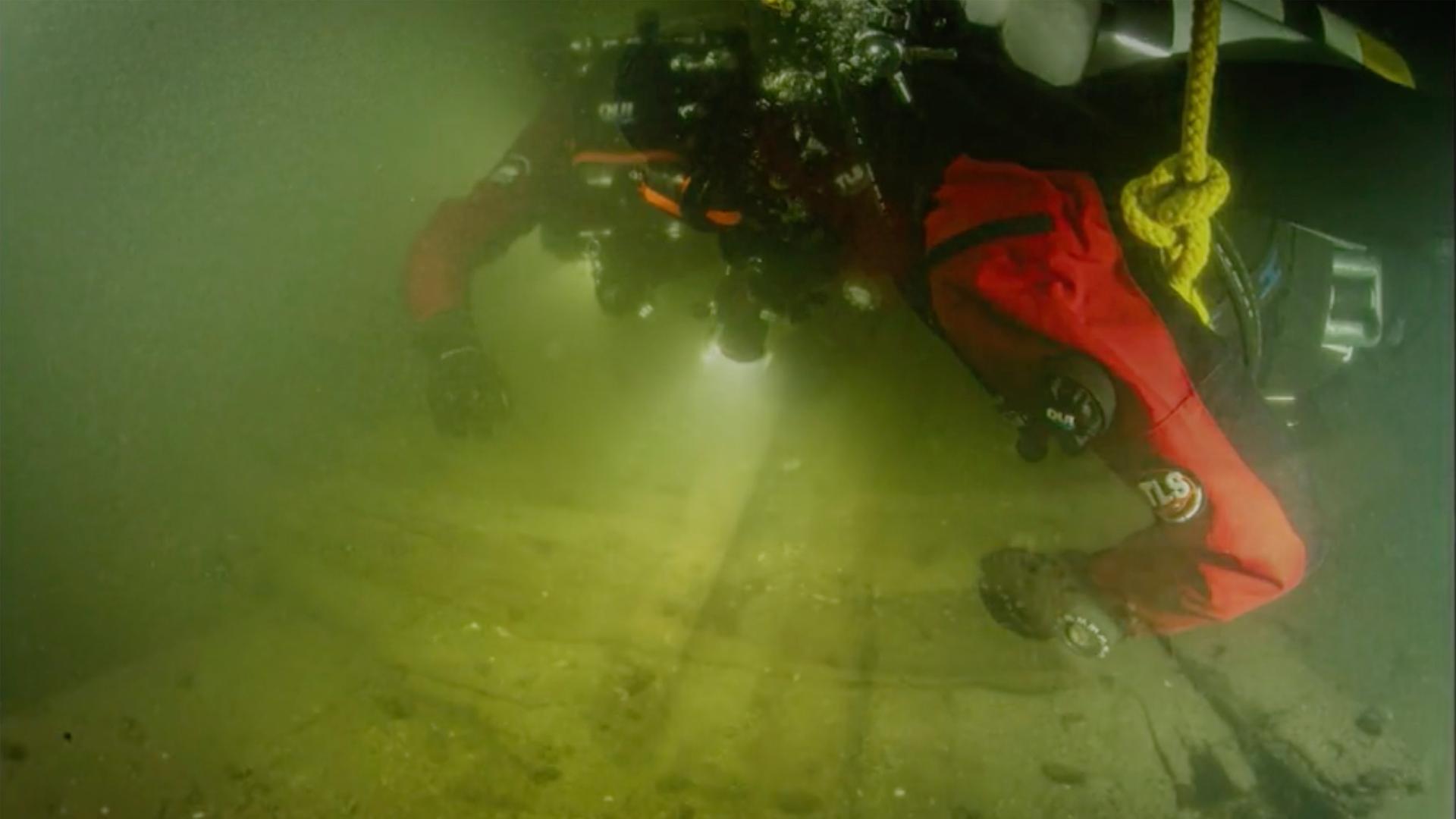
In early October, the first parts of a 400-year-old cargo ship were recovered from the Trave River near Lübeck. Preserved by the sand of the river, the wooden ship has been preserved in separate parts. Archaeologists call it a sensational find.
A 400-year-old Hanseatic cargo ship is being pulled out of the water in Germany, according to a Deutschlandfunk radio program. This is only the first stage before a major discovery in archaeology.
“The next few years will be spent on conservation and preparation, and then we will discuss how to proceed,” says Lübeck Mayor Jan Lindenau.
About 400 years ago, a fully loaded merchant ship sank in the Trave shipping channel between Lübeck and Travemünde. The block is part of this cargo: quicklime, hardened by contact with water Trave.
This is also the first part of the underwater discovery to be brought to the surface. Many more will be found in the coming months: As the models of the wreck show, it is 20 to 25 meters long.
Save all the antiquities
About 170 of these quicklime blocks are scattered on the bottom at a depth of eleven to twelve meters, either inside or around the wreck. Only when they are found will the path to the remains of the real ship become clear.
In addition, the researchers hope to find small finds – items that the crew was forced to leave on board. But until these fragments are recovered from the bottom, large parts and cargo of the Hanseatic ship will first be salvaged. “First the debris, then the cutlery,” the archaeologists say.
The research project began as a large, unremarkable-looking boulder. Shortly after it was lifted from the riverbed after nearly 400 years, covered in white geotextile and poured with water, a crane placed another shell-covered block next to it on board the St. Perun rescue ship. It has the number 002.

